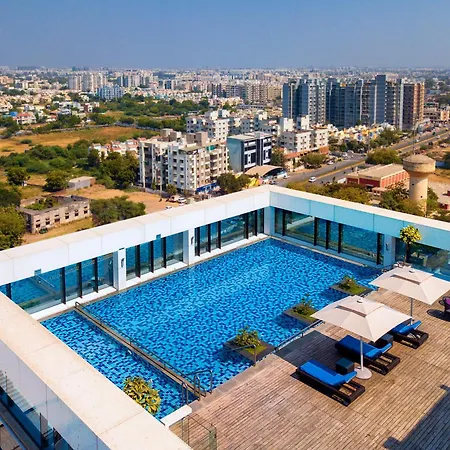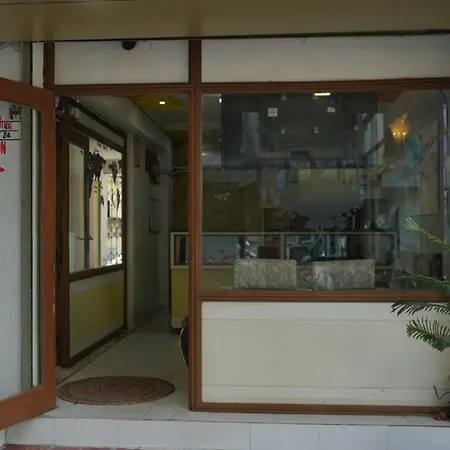Dandi Bridge
Check Availability
Dandi Bridge: A Landmark of Resistance
Dandi Bridge is not just a structure; it represents a pivotal point in India's struggle for independence. This bridge, inaugurated in 1930, was part of the famous salt march led by Mahatma Gandhi, which galvanized a nation against colonial rule.
Funded by the Indian government, the bridge connects the villages of Dandi and the coastal area of Gujarat. The architectural design features a long suspension span, making it an engineering marvel of its time. It serves as a reminder of the cultural heritage associated with the non-violent resistance movement and is a popular spot for visitors who want to delve into India's history.
Historic Highlights
- 📜 Historical Significance: Site of Gandhi's salt march, a pivotal moment in India's independence.
- 🌉 Unique Architecture: Notable for its long suspension design, making it visually appealing.
- 🌳 Scenic Nature: Located near the coast, offering beautiful views and a serene atmosphere.
Dandi Bridge is free to access, making it an excellent spot for tourists, families, and history enthusiasts alike.
Interesting Facts about Natural History Museum Dandi Bridge
Salt March Historical Importance
The salt march began on March 12, 1930, from Sabarmati Ashram and ended at Dandi, marking a crucial act of civil disobedience.
Architectural Feature
The bridge is designed as a suspension bridge with a length of approximately 2,500 meters, making it an engineering landmark.
Location
Stay Near Dandi Bridge Best Hotels
Address
View mapAshram Road (Gandhi Asharam)
Opening Hours
Friday:
Open 24 Hours
Monday:
Open 24 Hours
Saturday:
Open 24 Hours
Sunday:
Open 24 Hours
Thursday:
Open 24 Hours
Tuesday:
Open 24 Hours
Wednesday:
Open 24 Hours
Contact Information
Price
Free. No tickets required for general access.
Average Visit Duration
Duration: Approximately 1-2 hours.
Best Time to Visit
Early mornings or late evenings provide the best experience with fewer crowds.

















